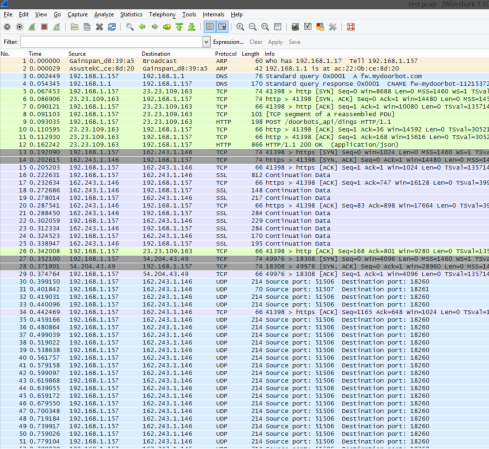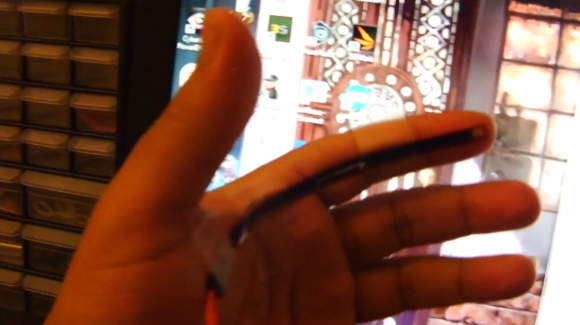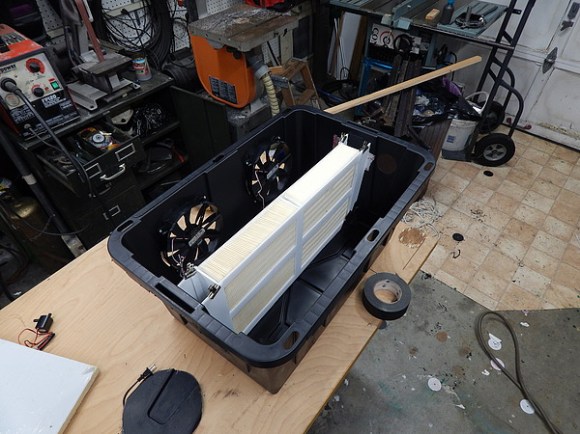
There’s an interesting network-enabled doorbell on the market from Edison Junior called the DoorBot that boasts some useful features, notably that it can make calls to a phone when someone pushes the button for the doorbell. However, [MadBeggar] saw the potential in this device and couldn’t wait to get some more functionality out of it, so he has reverse engineered the communications protocol for the doorbell.
His goals for the project were to implement third-party notifications such as text messaging, VoIP/SIP integration, and maybe even a desktop client. So far he has only been able to analyze the communications protocol but he hopes that others will be able to build upon his work or even add features he hasn’t thought of yet. The makers of the device promise to eventually deliver on some of these features but so far haven’t delivered.
There are some other projects out there that integrate wireless connectivity with a doorbell. However, [MadBeggar] notes that the DoorBot really stands out among all of the internet-enabled doorbell, mostly because nothing else around is as clean or is as easy to install as the DoorBot. He just wishes that the software wasn’t so clunky and that it had its full potential unlocked with these extra features. We’d say he’s on the right track!







 Over the last few years, a few resin / stereolithography printers have been made a few headlines due to print quality that cannot be matched by the usual RepRap style filament printers. These used to be extremely expensive machines, but lately there have been a few newcomers to the field.
Over the last few years, a few resin / stereolithography printers have been made a few headlines due to print quality that cannot be matched by the usual RepRap style filament printers. These used to be extremely expensive machines, but lately there have been a few newcomers to the field. 








